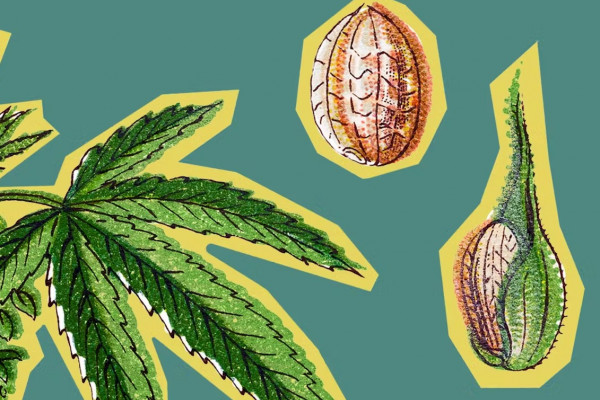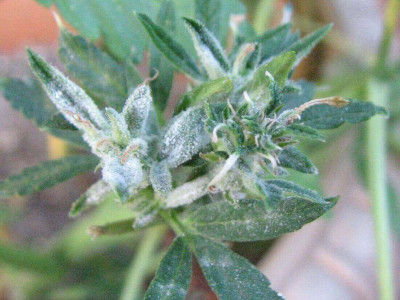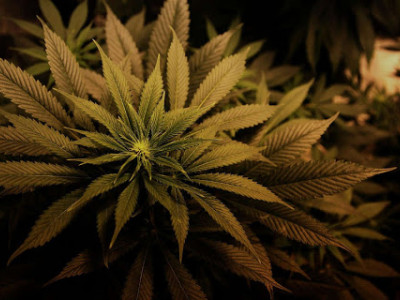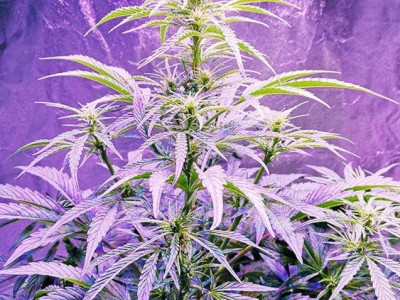0.00 грн.
CheckoutHemp breeding - what it is

Cannabis breeding is a fascinating and complex process that combines science, art, and patience. Thanks to breeding, new varieties of marijuana with unique characteristics emerge: from taste and aroma to the level of active substances. But what exactly is behind the creation of these varieties?
What is cannabis breeding?
Cannabis breeding is a targeted process of developing new varieties of the plant through selection and crossbreeding. The goal of breeders is to obtain plants with desirable characteristics, such as high yields, disease resistance, or a certain cannabinoid content. This process requires in-depth knowledge of genetics, botany, and agronomy.
Breeding starts with selecting parent plants that have the best qualities. For example, one plant may be drought-resistant, while another may have high levels of tetrahydrocannabinol (THC). By crossing them, breeders aim to combine these qualities in a new variety. However, the result is not always predictable, as genes can be combined in different ways.
It is important that cannabis breeding is not limited to recreational purposes. Today, many varieties are being created for medical use, where high cannabidiol (CBD) and low THC content are important. This makes breeding a key tool for the development of the medical and industrial hemp industry.
How new marijuana varieties are created
The process of creating new marijuana varieties is a multi-step process that can take years. The first stage is the selection of parent plants. Breeders analyze hundreds of samples to find the ones that meet their goals. For example, plants with a high CBD content are chosen for medical varieties, and plants with a strong psychoactive effect are chosen for recreational varieties.
The second stage is crossing. Breeders pollinate female plants with pollen from male plants to produce seeds of a new generation. The resulting plants are tested to see if they have inherited the desired characteristics. It is often necessary to carry out several cycles of crossing to secure the desired traits. This process is called variety stabilization.
The last stage is testing and selection. New plants are grown under controlled conditions and tested for yield, pest resistance, and cannabinoid quality. Only the best specimens become the basis for a new strain. For example, well-known varieties such as OG Kush or Blue Dream are the result of many years of work by breeders.
The main methods of cannabis breeding
How are new cannabis strains developed? There are several main methods used by breeders. The first is traditional breeding based on natural crossbreeding. It is effective but time-consuming, as it can take up to 5-10 generations of plants to stabilize a variety.
The second method is the use of genetic markers. Modern technologies allow us to analyze plant DNA and determine which genes are responsible for certain qualities. This significantly speeds up the process, as breeders can immediately select plants with the right genes. This approach is especially popular in the development of medical varieties.
The third method is inbreeding, or crossing closely related plants. It helps to consolidate the desired characteristics, but requires caution, as it can lead to a decrease in genetic diversity. Breeders combine these methods to achieve optimal results, creating varieties that meet market needs.
Why breeding is important for the cannabis industry
Hemp breeding plays a key role in the development of the cannabis industry. It creates varieties that are better adapted to different climatic conditions. For example, breeders create plants that are resistant to drought or low temperatures, which allows them to grow hemp in regions with harsh climates.
Another advantage is improved product quality. New varieties can have unique flavors, aromas, or effects that appeal to consumers. For example, varieties with fruity or spicy notes, such as Pineapple Express, have become popular thanks to breeding. For medical purposes, plants are created with a clearly defined cannabinoid content that ensures a stable therapeutic effect.
In addition, breeding contributes to environmental friendliness. New varieties resistant to pests and diseases require fewer pesticides, which has a positive impact on the environment. This is especially important for industrial hemp, which is used to produce fabrics, paper, or biofuels.
So, to summarize
Marijuana breeding is a complex but extremely important process that determines the future of the hemp industry. Thanks to it, we get new varieties of marijuana that meet different needs: from medical to industrial.
If you are interested in cannabis farming, pay attention to the quality of the varieties and their origin. Breeding is not only about creating plants, but also about being responsible to consumers and the environment. New strains of hemp continue to open up new possibilities, making this plant even more versatile.


